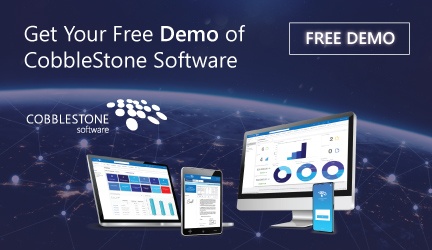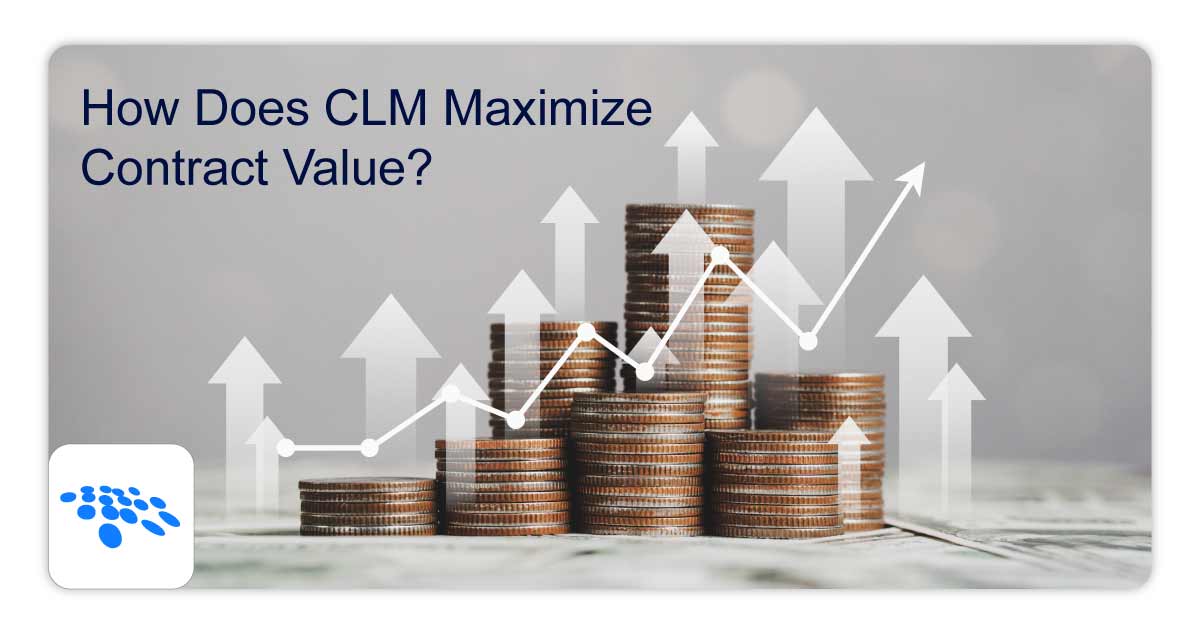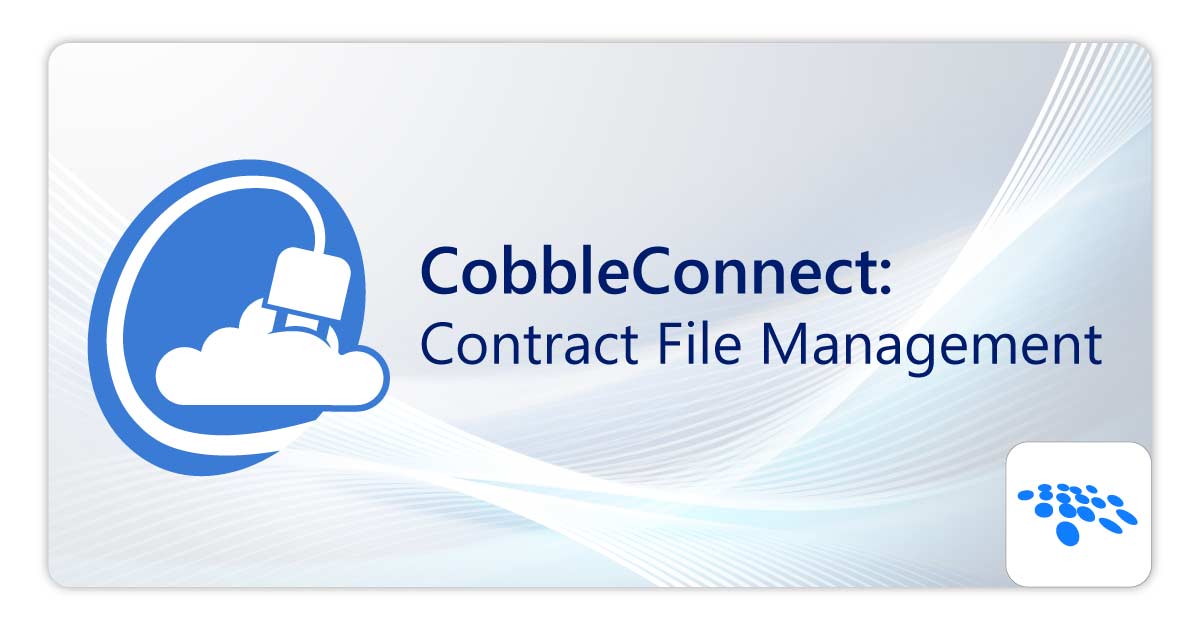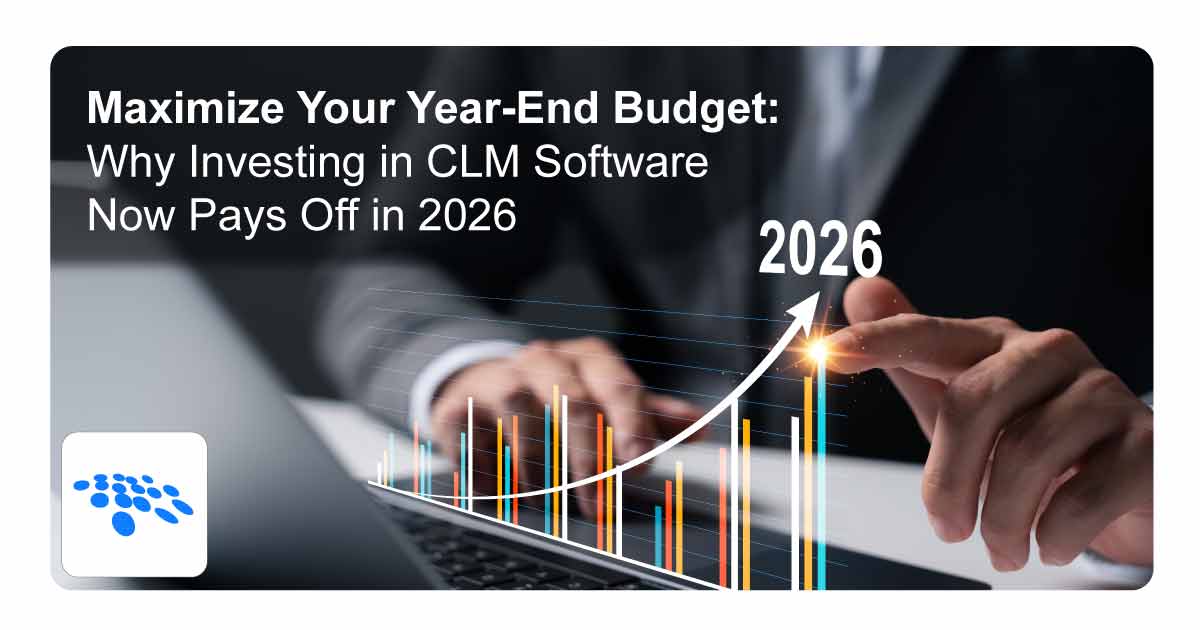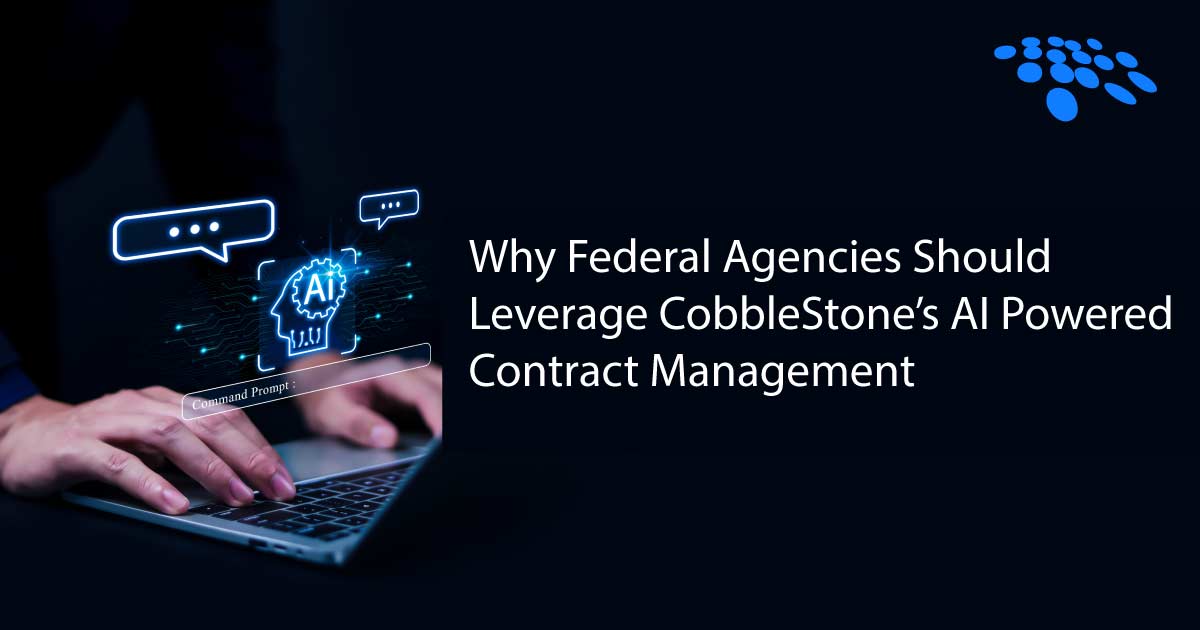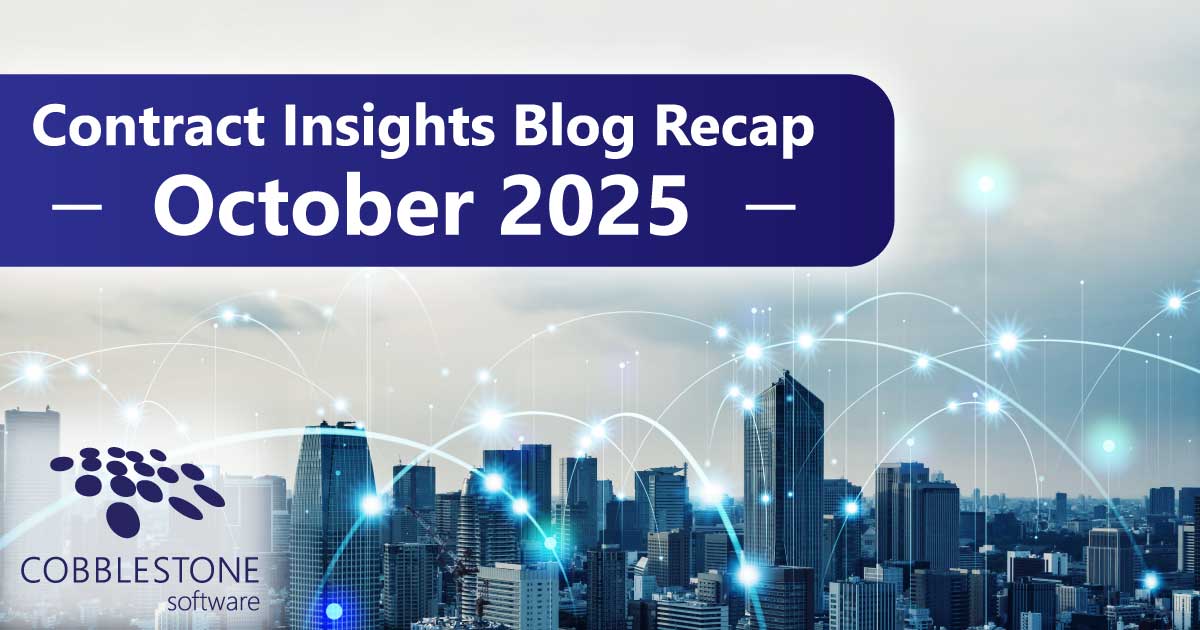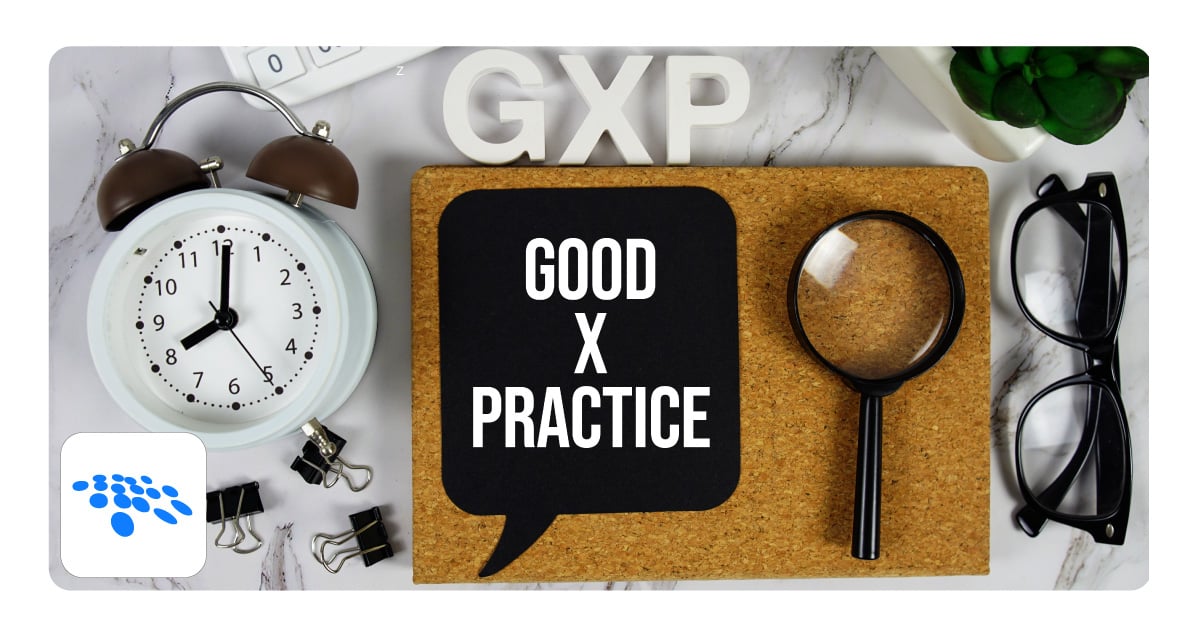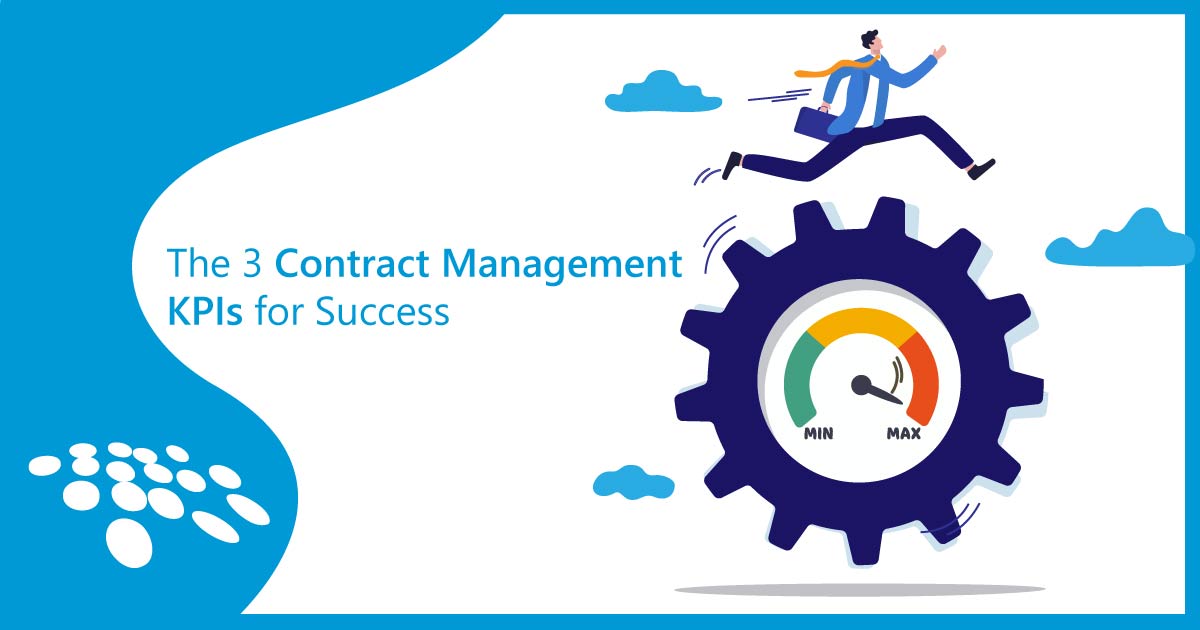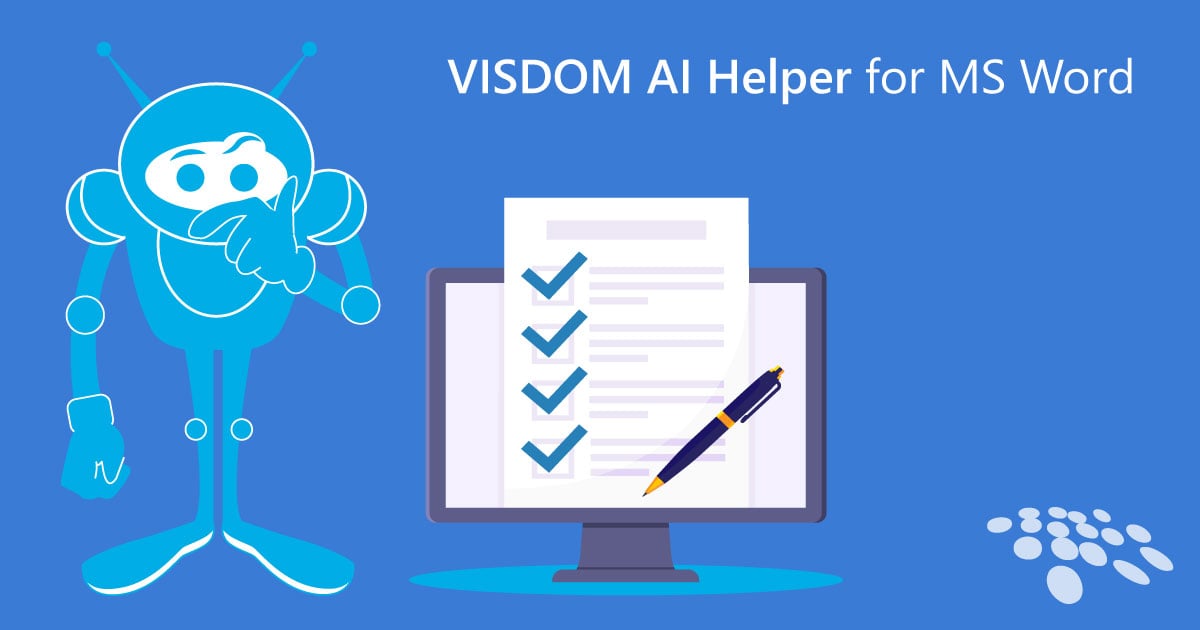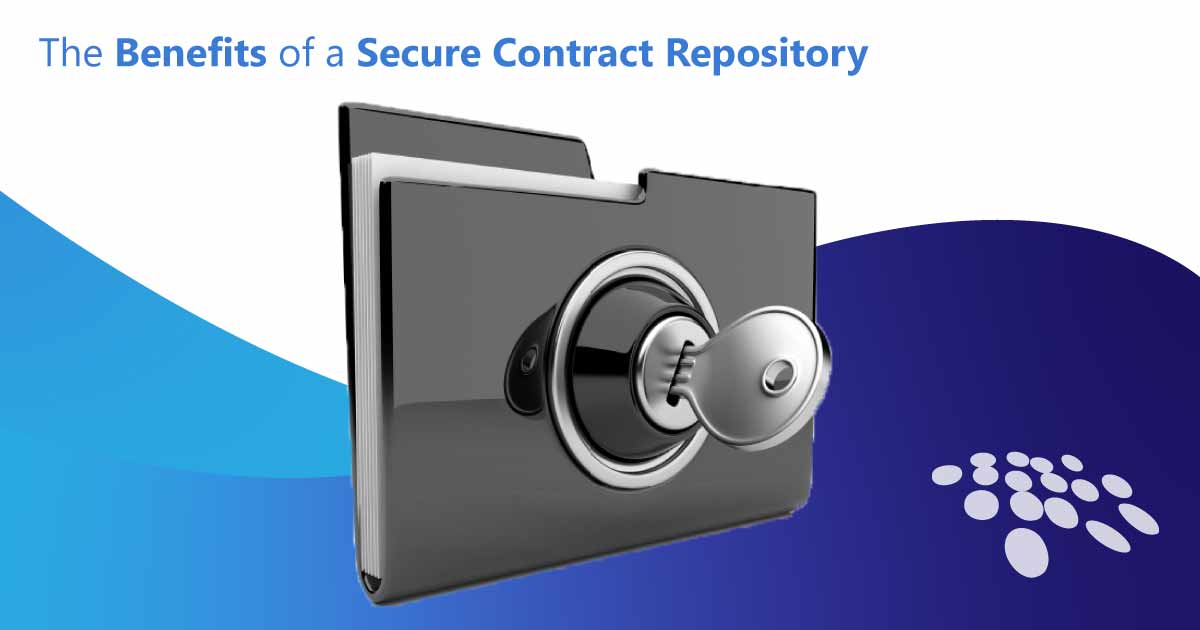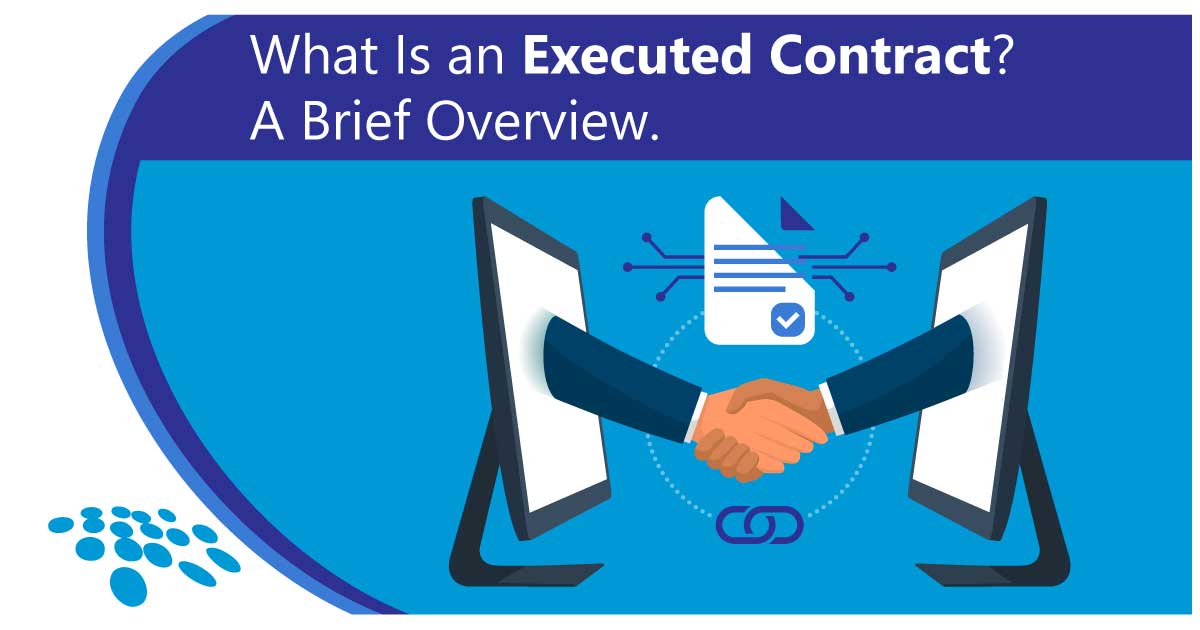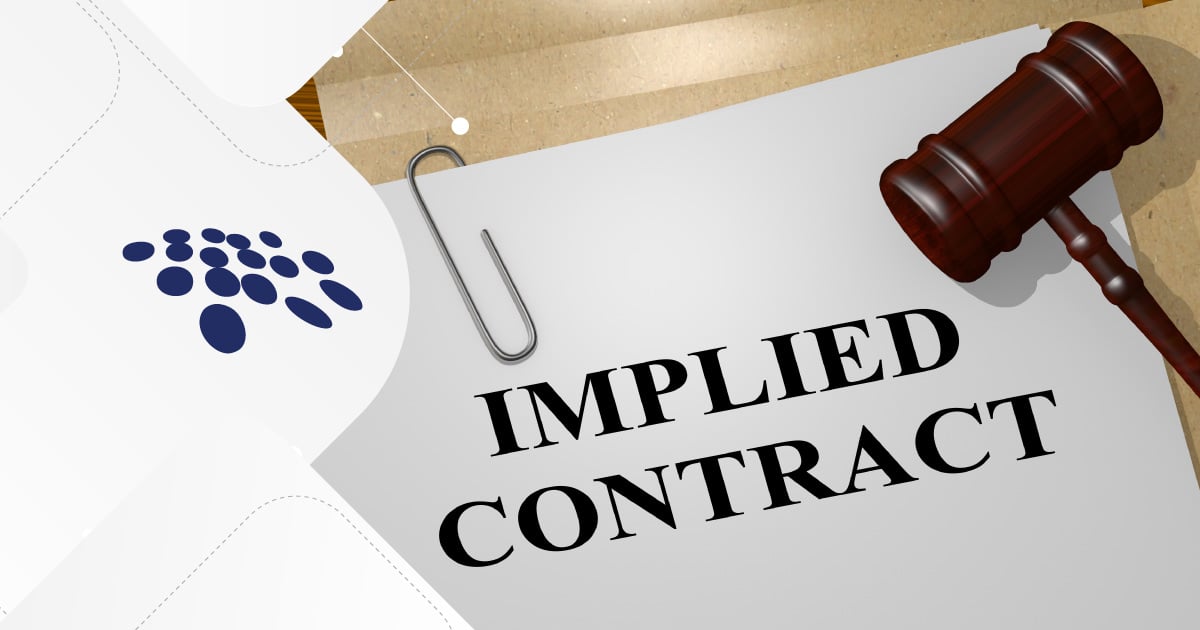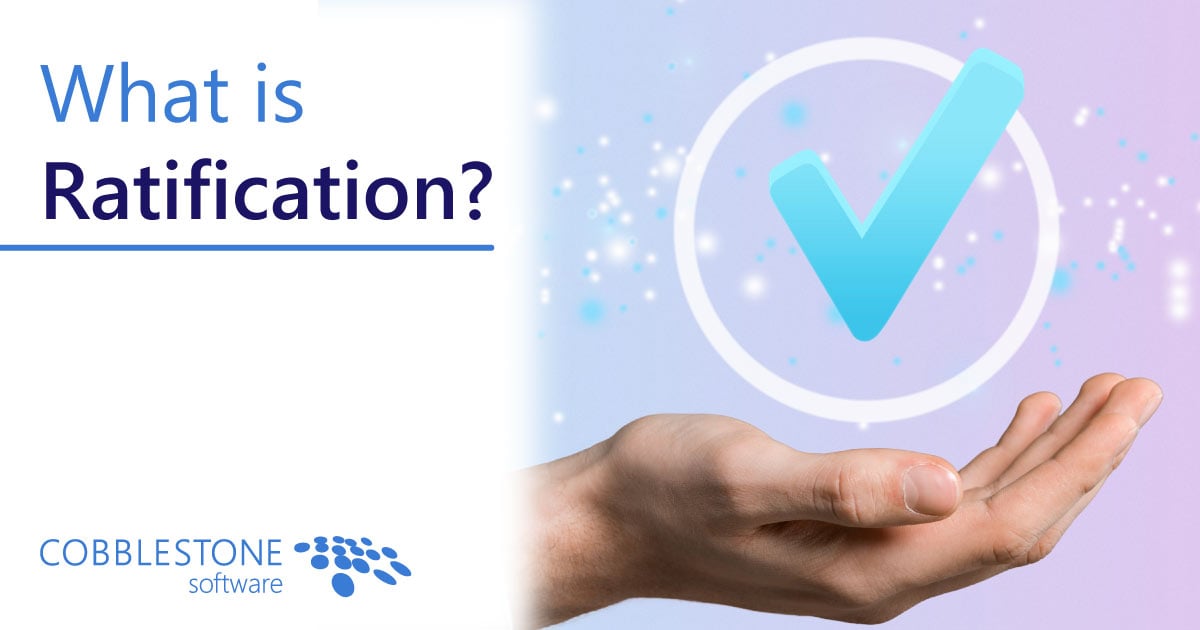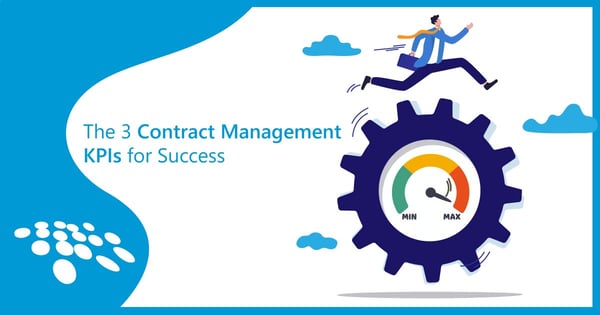
If you're trying to improve your contract management process, you’ve probably asked: What metrics actually matter? The answer comes down to three key performance indicators (KPIs): contract efficiency, contract efficacy, and contract risk. These KPIs help teams measure how well contracts are performing, how quickly they move through the lifecycle, and how much risk they carry.
Let’s break down what each KPI means, why it matters, and how you can track it effectively.
Summary: Key Takeaways
- The three most important contract KPIs are efficiency, efficacy, and risk.
- These metrics help teams improve turnaround time, contract value, and compliance.
- Contract management software can automate tracking and provide real-time insights.
What Is a Contract Management KPI?
A contract management KPI is a measurable value that reflects how well your organization handles contracts. These indicators are used to evaluate performance across the entire contract lifecycle—from drafting and negotiation to execution and renewal.
Tracking KPIs helps teams identify bottlenecks, reduce risk, and make smarter decisions. Without them, it’s hard to know whether your contracts are helping or hurting your business goals.
How Does Contract Efficiency Affect Your Workflow?
Contract efficiency measures how quickly contracts move through each stage of the lifecycle. If your team spends weeks chasing approvals or manually tracking deadlines, efficiency is likely low.
Improving efficiency means reducing turnaround time, automating repetitive tasks, and streamlining collaboration. For example, using a contract management platform with automated workflows can shave days off your approval process. Legal teams see drastic improvement in turnaround time after switching to automated routing for standard agreements.
What Is Contract Efficacy and Why Should You Care?
Contract efficacy is all about impact. It measures how well contracts deliver on their intended goals—whether that’s revenue generation, vendor performance, or compliance.
If you’re signing contracts that don’t deliver value, efficacy is low. On the other hand, high-efficacy contracts contribute directly to business outcomes. Tracking metrics like contract value, renewal rates, and performance against service-level agreements (SLAs) can help you identify which contracts are working—and which need renegotiation.
A procurement team we work with uses efficacy data to flag underperforming supplier contracts. This allows them to renegotiate terms before renewal, saving both time and money.
How Can You Identify and Reduce Contract Risk?
Contract risk refers to the likelihood that a contract will cause problems—whether through missed obligations, non-compliance, or financial exposure. High-risk contracts often lack proper approvals, contain non-standard clauses, or expire without renewal.
Manual risk tracking is possible, but it’s time-consuming and error-prone. Automated systems can flag risky clauses, track obligations, and send alerts before deadlines are missed. Clients significantly reduce missed renewals after implementing automated alerts and clause tracking.

How Does Software Help You Track These KPIs?
Contract management software like CobbleStone Contract Insight® makes it easier to monitor and improve your KPIs. It offers tools for automated tracking, configurable dashboards, and AI-powered risk analysis.
Instead of manually updating spreadsheets, teams can view real-time data on contract performance, identify trends, and take action faster. This kind of visibility is essential for scaling contract operations and staying compliant.
Why Should You Keep Your KPI Strategy Up to Date?
Your business evolves—and your contract strategy should too. KPIs that worked last year might not reflect current goals or challenges. That’s why it’s important to review and update your metrics regularly.
We recommend a quarterly KPI review to ensure alignment with business objectives, regulatory changes, and new contract types. This keeps your strategy agile and relevant.
Final Thoughts: Building a KPI-Driven Contract Strategy
Choosing the right KPIs is the foundation of a strong contract management program. By focusing on efficiency, efficacy, and risk—and using the right tools to track them—you can turn contracts into strategic assets.
If you're ready to improve your contract KPIs, explore how CobbleStone Contract Insight® can help. It’s designed to give teams the clarity, control, and confidence they need to manage contracts at scale.
CobbleStone boasts a litany of contract management case study stories in a variety of industries.
Book a free demo with a CobbleStone Contract Insight expert today for better contract processing and tracking KPIs to analyze cycle times, long-term business goals, and more.
This blog post was published on January 16, 2019, and updated on September 24, 2025.
*Legal Disclaimer: This article is not legal advice. The content of this article is for general informational and educational purposes only. The information on this website may not present the most up-to-date legal information. Readers should contact their attorney for legal advice regarding any particular legal matter.






